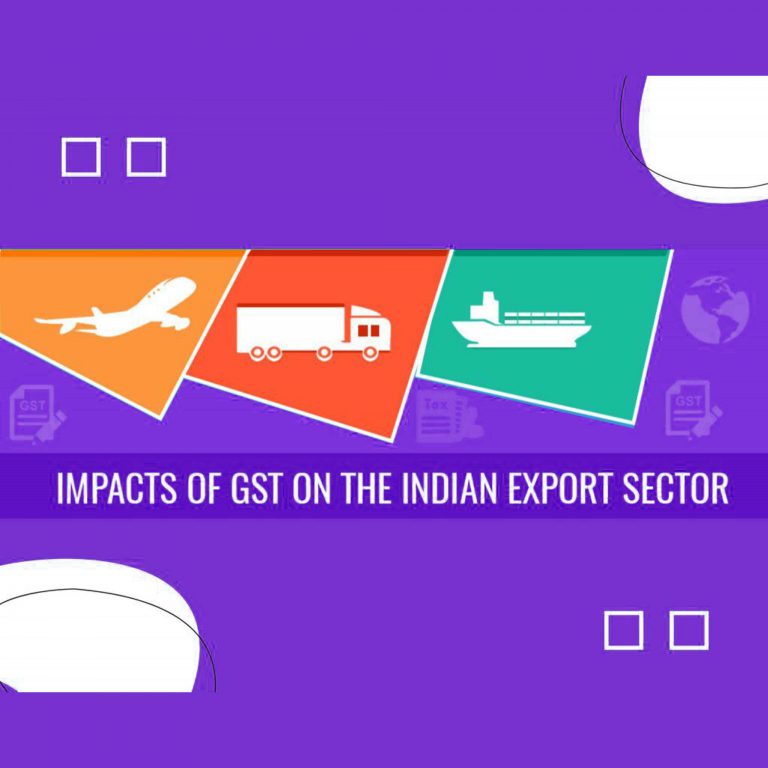Difference between standard delivery and international courier
Introduction:
Hello, lovely readers! Today, we’re going to talk about something that might seem a bit confusing, but don’t worry, I’m here to make it easy for you. We’ll be exploring the difference between two ways of sending packages: standard delivery and international courier. Let’s understand how both are different from each other. In this blog We’ll be exploring the difference between standard delivery and international courier.
The fundamental difference between Standard Delivery and International Courier.
Standard delivery is a domestic shipping option within a country, usually provided by local postal services or carriers. It offers affordable rates with longer delivery times. On the other hand, international courier services focus on shipping packages across borders, ensuring faster and trackable deliveries. Although more expensive, couriers offer efficient customs clearance and timely delivery, making them ideal for urgent or valuable shipments. The main difference lies in the scope and speed of delivery, with standard delivery catering to domestic needs and international couriers ensuring timely and secure cross-border shipments.
What is Standard Delivery?
When we hear “standard delivery,” think about the regular way of sending things from one place to another. It’s the method that’s commonly used within the same country or even within a city. When you order something online or send a letter to your friend who lives nearby, most likely, it’s going to be delivered through standard delivery.
Here’s what you need to know about standard delivery:
1) Timeframes: Standard delivery might take a bit longer to reach its destination compared to other options. It’s like taking a leisurely walk instead of a sprint. So, if you’re not in a hurry and can wait a few days, this could be a good choice.
2) Cost: One of the perks of standard delivery is that it’s usually more affordable than other delivery methods. Since it takes longer, companies don’t have to spend as much to get your package where it needs to go.
3) Local Reach: Standard delivery is excellent for sending packages within your own country or area. It’s perfect for everyday items or things you don’t need urgently.
What is International Courier?
Now, let’s jet off to the world of “international courier.” As the name suggests, this method is all about sending packages from one country to another. If you have friends or family living far away or want to order something cool from another country, international courier is the way to go.
Here’s what you need to know about international courier:
1) Speedy Delivery: Unlike standard delivery, international courier is like having a super-fast rocket delivering your package. It’s designed to reach faraway destinations quickly, so if you need something urgently, this is your best bet.
2) Cost: Unfortunately, the rocket-like speed of international courier comes with a higher price tag. Sending things across borders is more complicated, and companies need to use special services to make it happen. So, be prepared to pay a bit more for this speedy option.
3) Customs and Regulations: When you send something internationally, it has to pass through customs, which are like security checkpoints for packages. This can cause some delays if there are any rules or restrictions on what you’re sending.
Conclusion:
In a nutshell, the difference between standard delivery and international courier boils down to speed, cost, and where your package is going. If you’re sending something within your own country or area and don’t mind waiting a bit, standard delivery is a budget-friendly option. On the other hand, if you need to send something to a faraway land quickly, international courier is your best friend, even though it might cost a bit more.
Next time you need to send a package, you’ll know which option suits your needs best. Happy sending……..?!








2 Comments